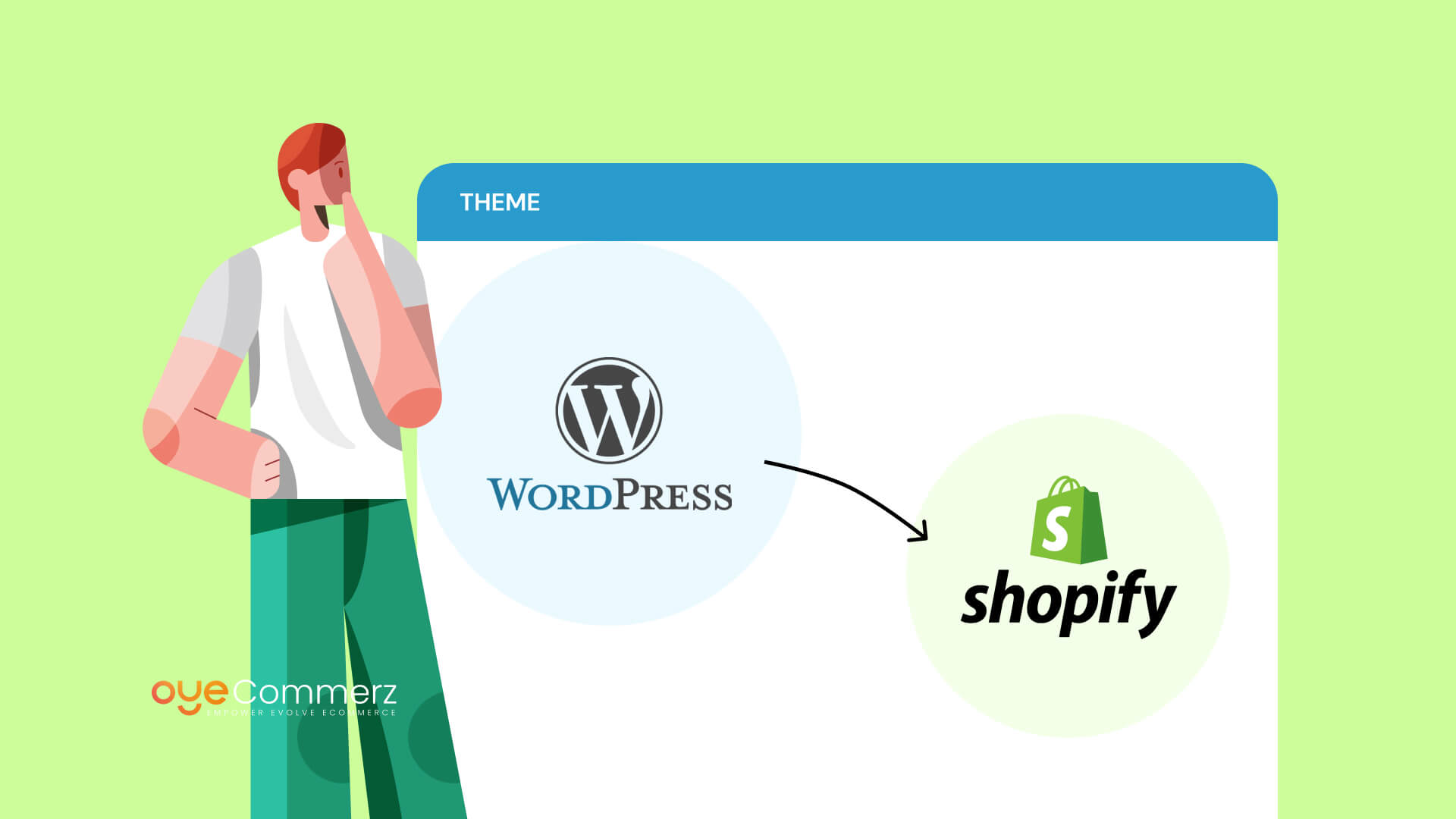Shifting from WordPress to Shopify is an promising step toward optimizing your online store processes. As companies grow, choosing a platform that aligns with growth potential, UX, and customization is essential. Shopify has emerged as a preferred choice for online merchants, providing superior adaptability, security, and user-friendliness. In this guide, we will delve into the transformative impact of this migration, discuss the advantages, and share practical tips to facilitate a smooth transition.
1. Why Switch from WordPress to Shopify?
WordPress, paired with WooCommerce, has served countless e-commerce platforms. However, as businesses scale, challenges like reliance on plugins, security vulnerabilities, and technical complexities often obstruct progress. Shopify, specifically created for digital retail, eliminates these concerns with an comprehensive, user-friendly solution. Statistics back this shift—Shopify hosts over 4.4 million websites worldwide, with a reported 10% increase in sales conversion rates for many businesses post-switch.
2. Key Benefits of Shopify for E-commerce Success
Shopify’s robust ecosystem caters for expanding businesses. Its standout benefits are:
- Effortless Design Flexibility: Shopify offers over 80 expertly crafted themes.
- Built-in Features: Capabilities such as Shopify Payments and integrated SEO streamline operations.
- Global Reach: Multi-currency support and regional customization enable brands to expand internationally.
Additionally, Shopify delivers an availability percentage of 99.98%, ensuring your store is always operational.
3. Getting Ready for Your WordPress-to-Shopify Transition
Before migrating, assess your existing setup. Analyze product data, customer details, and SEO performance. Tools like Shopify’s Migration Kit or third-party solutions help ease the transition. Create a comprehensive plan, making sure all resources—product descriptions, media files, and articles—are optimized for transfer.
4. Data Migration: A Critical Step
Transferring your data forms the foundation for a smooth platform switch. When moving from WordPress to Shopify, focus on:
- Product Information: SKU, descriptions, and categories.
- Client Information: Emails, order history, and preferences.
- Search Engine Considerations: Preserve meta tags, URLs, and forwarding paths to avoid SEO losses.
Leverage tools such as LitExtension to streamline data transfer while reducing mistakes.
5. Customizing Your Shopify Store
Post-migration, personalizing your Shopify store ensures it reflects your business identity. Take advantage of Shopify’s drag-and-drop editor to design pages effortlessly. Shopify's templates are optimized for all devices, ensuring a smooth user experience across platforms—a E-commerce platform solutions critical factor, given 74% of e-commerce traffic is generated by mobile visitors.
6. How to Protect Your SEO Rankings When Switching Platforms
Search engine optimization is crucial for maintaining your visibility during migration. Shopify is highly optimized for search engines with clean URL structures, built-in optimization tools, and seamless blog integration. Ensure:
- Set up URL forwarding for old URLs.
- Optimize new pages with keyword-rich content.
- Use Shopify's apps Plug in SEO to track analytics post-migration.
7. Essential Tests After Migrating to Shopify
After finishing the transfer, run detailed checks.
Review: - Website speed (Shopify delivers faster speeds compared to WP).
- Functionality of payment gateways and transaction flow.
- Adaptability across devices.
Quality assurance guarantees your store delivers a seamless shopping journey from the start.
8. Real-Life Success Story
One such migration success story is Gymshark, a sportswear company that moved to Shopify. Post-migration, the company saw a 60% increase in mobile sales and reduced site downtime. This showcases the potential of Shopify in enhancing online business success.
9. Challenges and Solutions
Migration is not without obstacles, such as data integrity and adjusting tailored features. However, Shopify’s extensive assistance and external WordPress to Shopify migration professionals make overcoming these hurdles manageable. Partnering with qualified Shopify developers ensures a trouble-free transition.
10. Starting Your Journey with Shopify
Migrating from WordPress to Shopify marks a strategic decision to e-commerce. By focusing on growth, simplifying management, and improving buyer satisfaction, Shopify empowers businesses to succeed in challenging industries.
Final Thoughts
Switching from WP to Shopify is a strategic move that can significantly boost your online business performance. With a well-structured strategy, the right tools, and expert support, you can unlock new success milestones.
Ready to make the leap? Let’s discuss how our Shopify migration services can revolutionize your online store. Contact us now, or consider: Is it time to seize Shopify’s advantages for your store?
